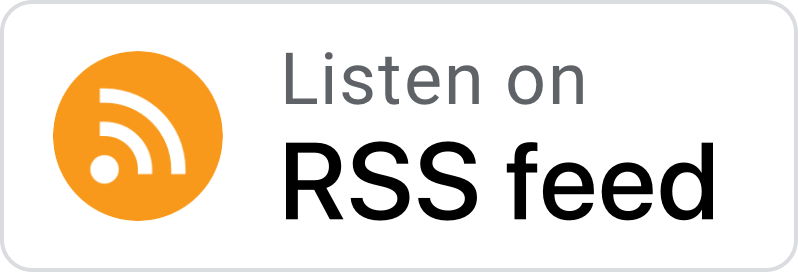
Smooth Scaling: Revenue Leader Interviews from Insight Partners
Aligning customer operations for scale with Laurie Barlev
Jeremey interviews Laurie Barlev, a Revenue Operations executive most recently at Papaya Global and ComplySci, about how to evolve our customer success team to drive retention and growth in a difficult economy.
For more growth strategies, visit insightpartners.com/ideas.
The content here is for informational purposes only. It should not be taken as legal, business, tax, or investment advice or be used to evaluate any investment or security and is not directed at any investors or potential investors in any Insight Partners fund. For more details, please see insightpartners.com/legal-disclaimer.
Podcast: Smooth Scaling
Episode: Laurie Barlev
Welcome to Smooth Scaling, the podcast from Inside Partners that helps revenue leaders scale their softwares at every stage of growth. Today, host Jeremy Donovan speaks with guest Laurie Barlev. Laurie has built a career in revenue operations most recently at Papaya Global, a global payroll payments and workforce management company.
To kick off the conversation, Laurie shares that her company used ComplySci for managers compliance and in 2019, they had structured it to address challenges for the company. In 2021, the environment had evolved due to COVID and clients felt they were not being supported enough by the company, so the team focused more on triage and support. The pre-COVID challenges included the flat organization for the CSM’s. They kept adding more company success managers, but the portfolio was undifferentiated among one another. After 2020, the needs changed and they started handling them in their own way. The CSM’s were an advisor focused team and had no revenue tied to them. The new challenges include a difference between small versus large customers by the CSM. They also changed the older platform for newer one, but it wasn’t an easy migration. They had no project manager to take on this responsibility and it was a Saas to Saas migration. They also received larger clients and started to focus on them. For the migration, they used software that had been around 10 years and was originally set up for a smaller company.
Jeremy explains the need for a segmentation of a CS team and enough capacity for them to migrate existing customers. Laurie says there was no pushback on the new structure, but it was hard to change. They needed a solution architect and product expert within the team. For those situations that had a particularly difficult setup, they got someone to help. The team was very different in skill set– some had technical and customer success. The support varied on reactive response and solving a problem, but this was not good for the CS team to focus on. Laurie had to reframe the conversation with customers to create the understanding that there is value in having regular phone calls with customers. The importance is based on the success of the product, not whether or not you get along with your client. Jeremy says they conducted a survey and found that the performing companies had segmented the customer success team.
Lastly, Laurie’s recommendations for companies making that transition is to do it carefully and segment the customers to find out what work is required for them. She also says to look for similarities between the customers. Companies of a different size have different expectations and they had different modules the clients could use. Jermey uses 1 CSM for every 2-3 million in ARR, where jumbo accounts have fewer accounts per CSM and smaller accounts have more. Laurie’s company uses 1 ½ million and is based on complexity of software, what the client needs, etc. She says for younger companies, the number of ARR per CSM is lower. They also discuss the customer health scoring system and how Laurie put this into place. She looked into what indicated health and risk, and still had to capture that data. The interaction and engagement were an indicator, so there was a lot of manual effort putting those meetings into the software. Another aspect of change is that you may have to move accounts around. A huge piece of what happened in Papaya Global was moving ComplySci to the new model. They cross trained the CSMs on the new account. The goal was to minimize the number of portfolios going to multiple CSMs and the number of interactions between CSMs. She says you can’t do it all at once and she had meetings with multiple clients with the new CSM, new director and herself. She would set the expectations for escalation in that the CSM can be contacted day-to-day, then the manager and lastly, Laurie. As the episode wraps up, Laurie shares the one hobby that she loved getting into during COVID.
Links:
Connect with Laurie Barlev.
Learn more about Papaya Global.
Learn more about Insight Partners.
Connect with Jeremy Donovan.



